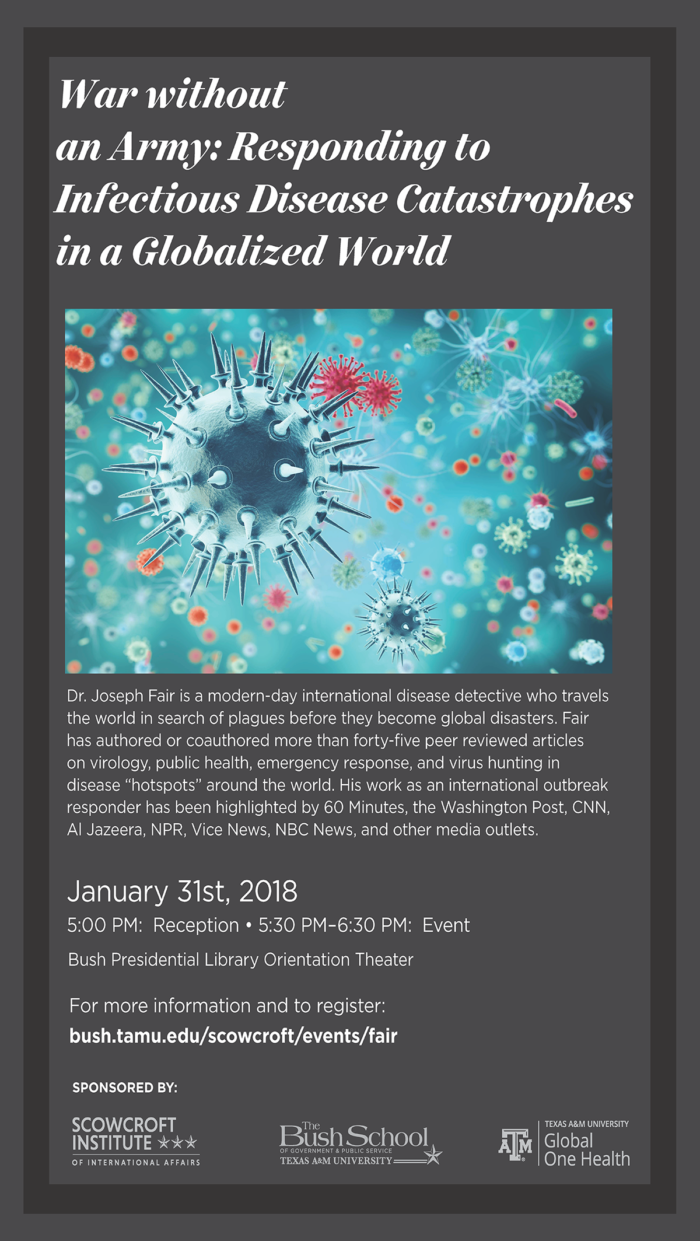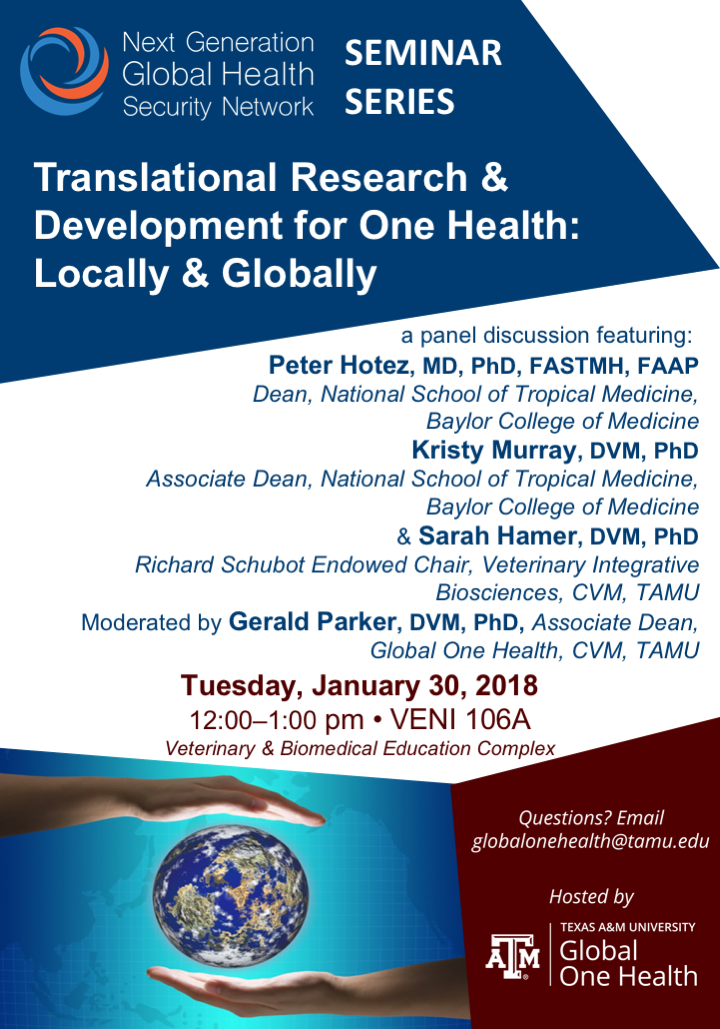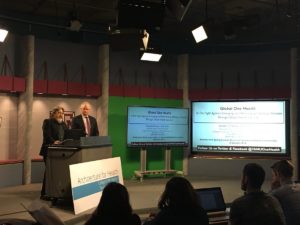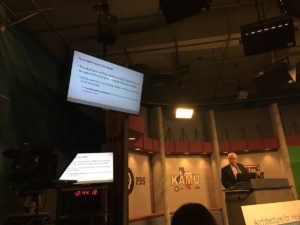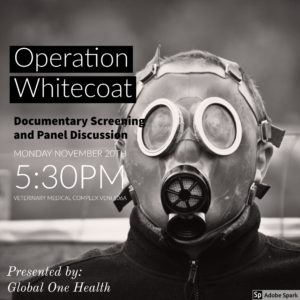Article originally published on The Conversation. View original story here.
Harvey and Irma present nearly perfect conditions for Zika-spreading mosquitoes
Even as the floodwaters from Hurricanes Harvey and Irma begin to recede, significant but less obvious health threats remain. The standing water the storms have left behind will almost certainly cause an explosion of the mosquito population.
In addition to the already difficult task of recovery, the affected areas will need to stem the mosquito population growth to avoid the potential for a disease outbreak.
As experts with diverse research and government experience, we believe mosquito prevention and control measures must be given high priority and incorporated into long-term hurricane recovery operations.
Why the disease threat is worse now
Eleven cases of Zika have been confirmed this year in the Houston area alone, although none of these were locally transmitted, and Florida has reported 33 symptomatic cases. Zika virus is a disease spread to humans primarily through the bite of infected Aedes aegypti mosquitoes. The infection often occurs without causing any symptoms.
In the continental United States, the two areas where Aedes aegypti have the most favorable climates to thrive are exactly southeastern Texas and south Florida.
The greatest threat posed by Zika is the risk of infection among pregnant women. Previous outbreaks of the disease have shown there is an association between Zika infection during pregnancy and babies born with microcephaly. The birth of infants with incomplete brain development creates a long-term public health challenge that extends far beyond the immediate outbreak.
Although the current number of confirmed cases of Zika in Florida and Texas is not large, the growth of the Aedes aegypti mosquito greatly increases the chance the disease will begin to spread. Each case of Zika presents the opportunity for the disease to begin circulating in the local mosquito population.
While Zika is the greatest concern, dengue fever, Chikungunya virus and yellow fever are also spread by the Aedes aegypti mosquito. In all cases, of course, the disease must be present in an area for mosquitoes to transfer it, but like Zika, dengue fever is already present in Texas and Florida. Since Houston and Miami are both large international hubs, it is possible for almost any vector-borne disease to be introduced by travelers.
The breeding ground for mosquitoes is not actually the large, sometimes deep blanket of floodwaters, most of which recedes fairly quickly. Small bodies of left-behind water, such as that in a dog’s water bowl, become ideal breeding areas. Unless these breeding sites are emptied, there could be tens of thousands of new breeding grounds in the cities of Houston and Miami alone.
This presents a special kind of public health challenge in the wake of the storms. In some areas, people may not return to their homes for a long time. Government and response agencies must figure out a way to eliminate standing water in order to prevent mosquito breeding grounds.
However, almost all of the breeding grounds will be on private property, with no one present to either dump the waters or authorize the government to do so. Moreover, Houston is home to more than half a million undocumented immigrants, who may not be likely to cooperate with authorities, even if they are in their homes, for fear of prosecution or deportation.
Prevention and control strategies
Vaccines and antivirals are not available to prevent or treat Zika and other mosquito-borne viral diseases, such as dengue fever and Chikungunya virus. There is a licensed vaccine for yellow fever, but vaccines will be in short supply if outbreaks occur.
The U.S. Air Force Reserve began aerial spraying of Dibrom (also called Naled) in Harris County, home to Houston, on September 14. Florida was already spraying Dibrom before the storms. The goal of aerial spraying is to reduce the mosquito burden to prevent mosquito-borne disease and to also to allow recovery work to move forward. In some areas, mosquitoes occur in such large numbers that they occur in swarms, which prevent recovery workers from carrying out crucial repairs.
The EPA rates the chemical safe for humans, especially because it is sprayed in very low volumes, where a single person or animal is unlikely to come into contact with enough of the chemical for it to have substantial side effects, while it kills adult mosquitoes on contact. The known side effects are mild. As with any chemical spraying, however, it is possible only in limited amounts and so alone cannot stem the mosquito population growth.
Pesticide use for large community-wide aerial spraying is also controversial, and aerial spraying will have only a modest effect on the disease carrying Aedes aegypti mosquitoes in any case. The Aedes aegypti as a species has adapted closely to human habitats, particularly cities, where aerial sprays do not reach well and their eggs can survive for months. In fact, the areas of Harris County that authorities are spraying do not include most of the city of Houston.
Aerial spraying is thus only a partial solution. While spraying is necessary to curb the adult population of mosquitoes, it cannot do so in urban area and it does not prevent further breeding. Dumping the water that creates breeding grounds is crucial to successfully curbing the risk of a disease outbreak, but it, too, is insufficient by itself.
Dr. Tom Frieden, the former director of the Centers for Disease Control and Prevention, once said that “Zika and other diseases spread by Aedes aegypti are really not controllable with current technologies.”
Academic research, university extension services, public health institutions and government working in tandem to develop new tools to combat the growing threat of vector-borne diseases – all are crucial to the recovery in Texas and Florida, and to better prepare for hurricanes in the future.
Authors:
- Dr. Gerald Parker, Associate Dean, Global One Health, College of Veterinary Medicine & Biomedical Sciences; Director, Pandemic and Biosecurity Policy Program, Scowcroft Institute for International Affairs, Bush School of Government and Public Service, Texas A&M University
- Dr. Christine Crudo Blackburn, Postdoctoral Research Fellow, Scowcroft Institute for International Affairs, Bush School of Government and Public Service, Texas A&M University
- Morten Wendelbo, Policy Sciences Lecturer, Bush School of Government and Public Service, Texas A&M University



